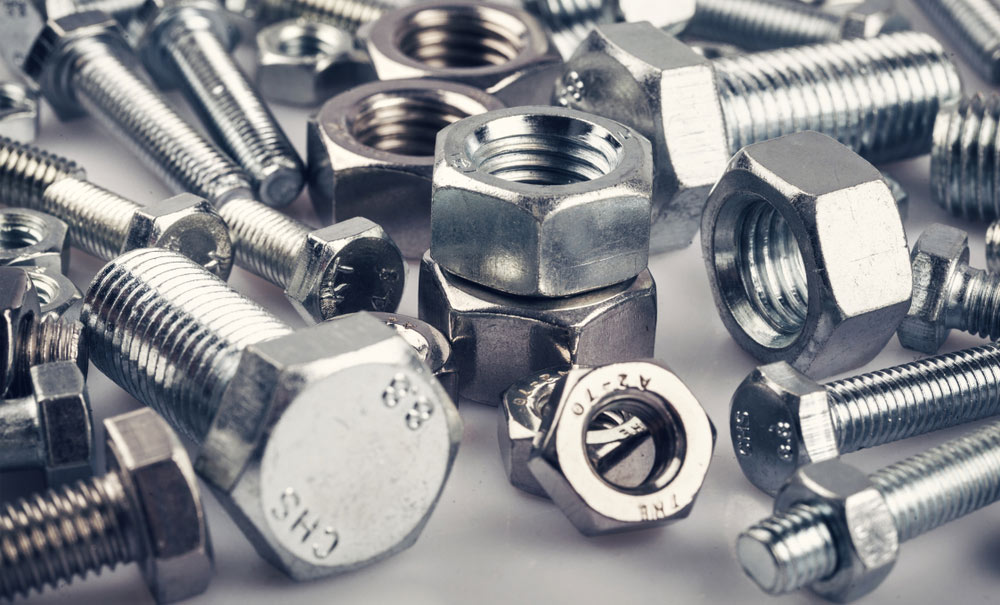5 Reasons to Consider Passivation of Stainless Steel Components
Stainless steel components require passivation, a finishing process through which the surface of the metal is made “passive” or less reactive with its environment, in order to enjoy full protection against rust and corrosion. This may not seem obvious…after all, it’s called “stainless steel,” right? Let’s take a closer look at why stainless steel passivation is necessary.
Can Stainless Steel Rust?
All steel contains iron, a metal that naturally corrodes when exposed to oxygen and water and can lead to rust — even on stainless steel.
According to The Fabricator, “Stainless steel is an alloy of iron with a minimum of 10.5 percent chromium. Chromium produces a thin layer of oxide on the surface of the steel—the “passive” layer—that prevents surface corrosion.” The added chromium (and other metals like nickel or molybdenum) gives stainless steel alloys more protection than regular carbon steel, but won’t make stainless steel entirely immune to corrosion.
Here are five of the most important reasons to consider passivation of steel parts or components that are made from stainless steel.
1. Stainless Steel Passivation Completes the “Stainless” Process
When it comes down to it, why purchase stainless steel if you’re not committed to finishing the process by passivating it? Passivation is the final step in treating stainless steel to ensure that it will not rust or corrode like traditional steel.
The balance of minerals in the steel alloy will contribute many performance properties to your stainless steel, but there will still be some degree of free iron exposed on the surface. Passivation removes this iron, finishing the stainless steel process and guarding against rust and corrosion. If you don’t passivate, there can be no guarantee that the stainless steel will remain rust-free.
2. Ensures Stainless Steel Stays Stainless
During the manufacturing or finishing process, iron can be added to the composition of your parts’ stainless steel alloy (or to the parts’ surface), depending on the needs of the part or the application. When this happens, the stainless steel will not be able to remain stainless for as long as a lower-iron formulation.
Passivation of stainless steel components removes this excess iron and forms a protective passivated layer that ensures the steel is able to perform as truly stainless steel.
3. Removes Surface Contaminants & Leaves a Sterile Surface
Citric acid stainless steel passivation also cleans the parts and removes surface contaminants other than iron. If your parts are intended for applications where it’s important that they are clean and sterile — such as kitchenware, surgical implements, or medical devices and components — passivation acts as a sanitation process. The passivate bath removes a microscopic layer of free iron and other contaminants from the surface of the parts, leaving behind a sterile and untouched surface after rinsing.
4. Welded Parts Don’t Properly Self-Passivate
Welding creates a heat-affected zone and leaves behind a “heat tint” that alters the alloy structure of stainless steel. This not only colors the stainless steel, but draws chromium up from below the surface and leaves the metal just below the surface with a lower chromium level and lower corrosion resistance. Heat tint is often removed for aesthetic purposes, but it’s just as important to remove it so that the steel can be properly passivated.
5. Extra Protection in Corrosive Environments & Applications
Passivation is especially important if the parts or components will be regularly exposed to corrosive environments or used in wet or humid conditions. Traditional steel rusts when exposed to moisture and can corrode or suffer pitting when faced with acidic substances or chlorides.
Stainless steel alloys perform better in these conditions, but they still contain iron and remain a risk to rust or corrode over time. Passivation offers the best possible protection to the natural surface of stainless steel by eliminating the surface iron particles that give steel its reactivity to oxygen and moisture.
Contact Metal Finishing Technologies for more info on the passivation process or to receive a rapid quote turnaround on any stainless steel passivation work you need done.

